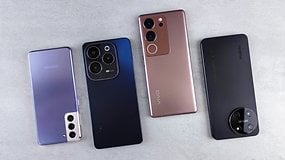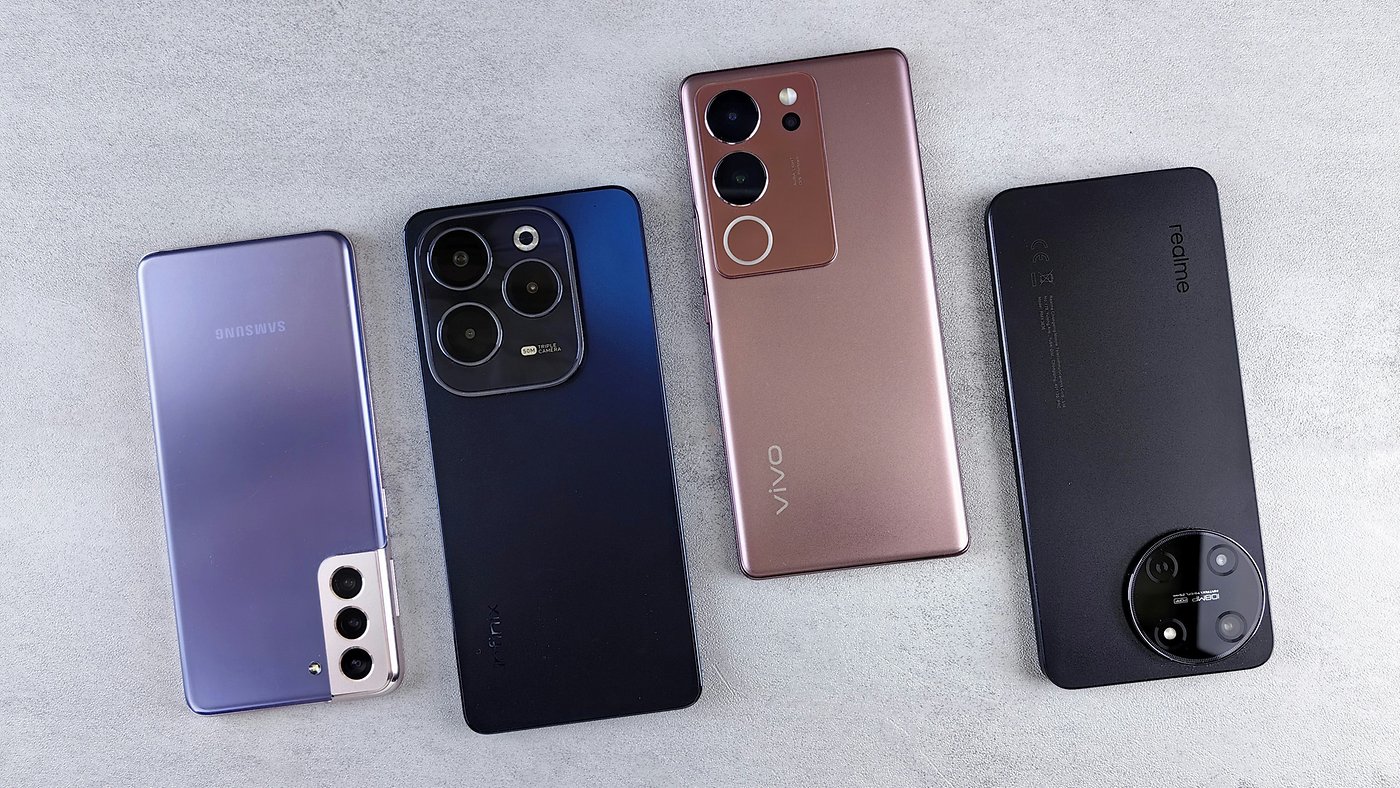Top Mistakes to Avoid when Buying a Smartphone

The very best smartphones today can easily cost over $1,500. Entry-level models, on the other hand, are available for less than $250. With such a wide price range to choose from, it’s not easy to find the right device without ending up paying too much. That’s why I’ll show you three typical pitfalls — and how you can avoid them.
Timing: The Right Time to Buy
The right time to buy a smartphone plays a crucial role. Regardless of the price, the cost of a smartphone often fluctuates considerably. New models are particularly expensive right after launch. However, the price drops significantly after just a few weeks. It can become far more affordable when a successor is launched. This is when many retailers clear their old stock and offer previous-generation devices at a great discount. It can also be worth buying at launch, for instance, when manufacturers offer attractive pre-order promotions with a decent discount or useful extras such as larger memory or a free smartwatch.
Whether an early purchase is worthwhile depends entirely on the promotion, with varying prices depending on the manufacturer. While Samsung smartphones are often sold at a 25 to 30 percent discount after a while, iPhone prices remain stable for a longer time.
Camera: Don’t be Blinded by the Megapixel Count
Many buyers are strongly influenced by the type of camera(s) when making a purchase. This is no surprise, as the camera has become a central function for many users and is often the main feature where the price is most stark. Although mid-range devices now also offer powerful performance and a long battery life, high-end devices still clearly stand out when it comes to the camera(s). Nevertheless, it is worth considering which functions are really important to you personally, and how you have used your camera so far.
In broad daylight, even mid-range devices produce high-quality photos that are virtually indistinguishable from those of an expensive model. In low-light situations or when zooming, however, high-quality smartphones are superior, although some cheaper devices perform surprisingly well in these situations as well. In our reviews, you will find sample photos taken by each device for you to get an accurate picture of the camera quality before you buy.
If you are looking for a particularly good camera at a low price, consider checking out flagship smartphones from one or two years ago. Manufacturers such as Google and Samsung now offer software support guarantees of up to seven years. An older flagship model is therefore a wallet-friendly yet long-lasting choice.
Also, don’t be dazzled by the sheer number of built-in cameras. Even inexpensive smartphones today like to advertise having three or four “cameras”, which often turn out to be a macro lens with a resolution of two megapixels or a rather pointless depth sensor. Cameras with fewer than 8 megapixels offer little to no added value and can be safely ignored when making a decision. At the same time, more megapixels do not automatically translate into better photos. Even a 200 megapixel camera can deliver worse results than one with “only” 50 megapixels.
Storage space: Don’t Take this too Lightly
Many buyers also make this typical mistake when it comes to storage space. Modern apps, high-resolution photos, and the operating system itself require significantly more storage space today than just a few years ago. The good news is, most existing smartphones now offer at least 128 GB of storage space — and this should be the absolute minimum when buying a smartphone. If you use your smartphone sparingly, you should have enough space for apps, photos, and data.
However, if you take a lot of photos or record videos regularly, you should consider models with at least 256 GB of storage space. Unfortunately, many manufacturers charge exorbitantly for a memory upgrade. The jump from 128 GB to 256 GB often costs around $100. Since the variant with less storage often drops in price faster, the price difference increases further over time.
Memory expansion via microSD cards is no longer possible with most smartphones. Hence, if you were to choose too little storage space when buying, the only option is the cloud. Services like Google Photos offer 100 GB for around $2 per month. After two years, this adds up to around $50. If you were to settle for 1 TB of storage, you’d pay around $250 over the same period. In return, your photos and data are securely stashed away, which is generally recommended, for instance, if your smartphone is lost or damaged.
